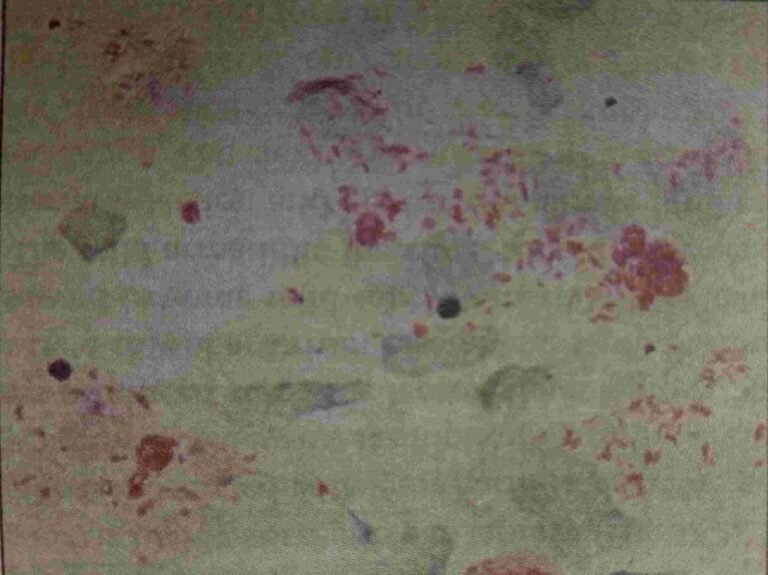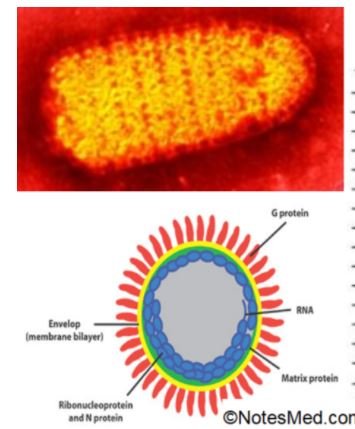Overview of candida
Candida generally lives inside the body in places like the mouth, throat, gut, & vagina, and skin without causing any problems. Candida albicans is the most common and most pathogenic species of candida infecting humans.
Virulence factors
- Polymorphism (Phenotypic switching): 3 phenotypic forms in the tissue yeast such as blastospores, pseudohyphae, and true hyphae.
- Adhesins: Helps in adhesion to the skin ad mucosa.
- Enzymes (Aspartyl proteinases and serine proteinases)-Help in tissue invasion.
- Biofilm (also aided by adhesins).
- Toxins: Glycoprotein extracts of the candida cell walls are pyrogenic similar to the bacterial endotoxins.
- Pseudohyphae: Indicates active infection; phospholipase released from the hyphal tip may help in an invasion, though not proved.
Predisposing factors:
- Physiological state: Extremes age (infancy, old age), pregnancy.
- Low immunity: Patients on steroid or immunosuppressive drugs, post-transplantation, malignancy, HIV-infected people.
- Patients on broad-spectrum antibiotics-suppresses the normal flora.
- Others: Diabetes mellitus, febrile neutropenia, and zinc or iron deficiency.
Clinical features:
- Mucosal candidiasis: The various mucosal manifestations include:
- Oropharyngeal candidiasis (Oral thrush): It is a white, adherent, painless patch in the human mouth.
- Candidal vulvovaginitis: It is characterized by pruritus, pain, & vaginal discharge that is generally thin, but may become whitish curd like in severe cases.
- Balanitis and balanoposthitis (occurring in uncircumcised males).
- Esophageal candidiasis.
- Angular stomatitis and denture stomatitis.
- Chronic mucocutaneous candidiasis.
- Cutaneous candidiasis:
- intertrigo: It is characterized via. erythema and pustules in the folds of skin; associated or related with tight fining undergarments and sweating.
- Paronychia (involving nail-skin interface) and onychomycosis (fungal infection of the nail).
- Diaper candidiasis: Pustular rashes, associated with the use of diapers in infants.
- Perianal candidiasis.
- Erosio interdigitalis blastomycetica: Web spaces of hands or toes.
- Generalized disseminated cutaneous candidiasis (infants).
- Invasive candidiasis: results from the hematogenous or local spread of the fungi. Various forms are:
- Urinary trace infection.
- Pulmonary candidiasis.
- Septicemia (mainly by C. albicans and C. glabrata).
- Arthritis and osteomyelitis.
- Meningitis.
- Ocular- keratoconjunctivitis and endophthalmitis.
- Hepatosplenic candidiasis.
- Disseminated candidiasis.
- Nosocomial candidiasis (mainly by C. glabrata).
Genital yeast infection:
- Candida albicans is the most common causative agent of genital yeast infections.
- Scientists estimate or approximate that about 20% of women normally have Candida in the vagina without having any symptoms.
- Candida vaginitis is associated or related to a normal vaginal pH of less than 4.5.
Clinical manifestations:
- A burning or flaring feeling while having sex or while urinating.
- An itchy or painful or burning feeling in or around the vagina.
- Redness, irritation, or swelling around the vagina.
- Abnormal vaginal discharge can be either watery or thick and white.
- A rash around the vagina.
- Pain during sexual intercourse.
- A rash on the penis.
Vulvovaginal candidiasis:
- Uncomplicated clinical candidiasis.
- < 4 episodes in a year.
- The symptoms are mild or moderate.
- It is likely caused by Candida albicans.
- There are no significant host factors such as –poor immune function.
- Complicated;
- ≥4 episodes of thrush in a year.
- When severe symptoms of vulvovaginal inflammation are experienced. Also if coupled or pairing with pregnancy, poorly controlled diabetes conditions, poor immune function is not caused by Candida albicans.
- Recurrent:
- About 5-8% of the reproductive age female population.
- ≥4 episodes of symptomatic Candida infection per year.
- Results from an especially intense or severe inflammatory reaction to colonization.
- Candida antigens can be presented or hand out to antigen-presenting cells, which may trigger cytokine production and activate lymphocytes and neutrophils that then cause inflammation and edema.
Laboratory diagnosis of Candida
Specimen collection: Depending on the site of infection,
- Whitish mucosal patches.
- Skin and nail scrapings.
- Sputum.
- Urine.
- Blood
Direct microscopy: Gram staining reveals gram-positive oval budding yeast cells (4-6μm size) with pseudohyphae.
Culture:
- SDA ( incubated at 37°C).
- Blood agar (grow in bacteriological culture media).
- Colonies appear in 1-2 days and described or explained as creamy white, smooth, and pasty with a typical yeasty odor.
Tests for identification:
Germ tube test (Reynold’s-Braude phenomenon):
The culture of candida treated with sheep/normal human serum is incubated at 37 ◦C for 2-4 hours. No constriction is seen at the point of attachment to the yeast cell. Appear in 2 hours for C. albicans.
Dalmau plate culture: Culture on cornmeal agar can provide a clue for produces thick-walled chlamydospores.
CHROMagar: growth at 45 ◦C: C. albicans can grow.
- Sugar fermentation test:
- Sugar assimilation test:
- Molecular methods: PCR.
- The urease test is positive.
Immunodiagnosis:
- Antibody detection: ELISA, Latex agglutination test.
- Antigen detection: ELISA.
- Detection of metabolites: Ab, Ag, cell wall components, enolase.
- Animal pathogenicity/skin tests
Epidemiology:
Candidiasis is one of the three most common vaginal infections along with bacterial vaginosis and trichomoniasis. Approximately 20% of women get an infection yearly. Around 75 percent of women have at least one infection in their lifetime.
Treatment recommendations:
- For the treatment of uncomplicated (or simple) Candida vulvovaginitis, topical antifungal agents.
- Alternatively, a single 150-mg oral dose of fluconazole.
- For severe acute Candida vulvovaginitis, drugs fluconazole 150 mg, given every 72 hours for a total of 2 or 3 doses.
- For recurring or repeatedly vulvovaginal candidiasis, 10–14 days of induction therapy with a topical agent or oral fluconazole, followed by fluconazole 150 mg weekly for 6 months.
[embeddoc url=”https://notesmed.com/wp-content/uploads/2020/08/Candida-albicans.pptx” download=”all” cache=”off”]



